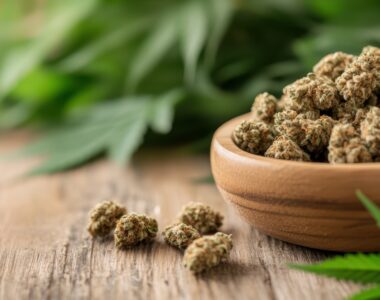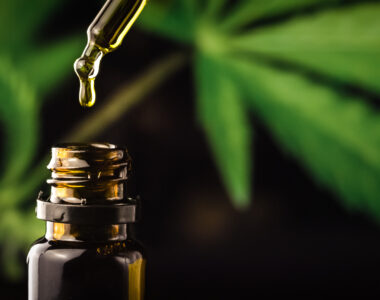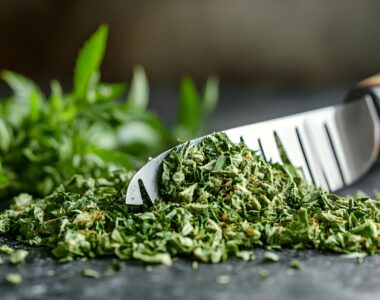So, you’ve got your indoor grow up and running. Lights are on, seeds are sprouting, and now you’re wondering how to take things to the next level. That’s where plant training comes in. At Mr. Nice, we’re all about giving growers the tools (and knowledge) to get the most out of their plants—ethically, naturally, and with intention. Whether you’re growing for personal use or looking to level up your craft, this guide is for you.
Why Train Your Plants?
Cannabis naturally grows tall and lanky—great for outdoor grows, not so great for tents or closets. Training techniques like topping, FIMing, and LST (Low Stress Training) help you:
- Control height
- Increase light exposure
- Encourage bushier growth
- Maximize yield
By manipulating the way your plant grows, you help it become stronger, more productive, and better suited for indoor conditions.
1. Topping: Cut to Encourage Growth
What It Is:
Topping involves snipping the top of your plant’s main stem once it has developed at least 4–6 nodes. This tells the plant to stop growing vertically and instead focus on growing two main colas (flowering sites) from that cut.
Why It Works:
Topping redirects the plant’s energy into lateral branches, promoting a more even canopy. This helps maximize light distribution and ultimately increases yield. It also helps prevent the “Christmas tree” shape that doesn’t work well in grow tents.
When to Use It:
Topping is best done during the vegetative stage when your plant is healthy and thriving. Avoid topping stressed plants.
2. FIMing: The Softer Cut
What It Is:
FIM stands for “F*** I Missed”—and that’s not a joke. This technique involves pinching or cutting about 75% of the top growth instead of the full node like in topping.
Why It Works:
FIMing can produce 3–4 new colas instead of just 2. It’s less shocking to the plant than topping, which makes it a great option for newer growers or for plants that are slightly more sensitive.
When to Use It:
Like topping, FIMing is done during the veg stage. It works especially well when you want to experiment with more branching without delaying your grow too much.
3. LST (Low Stress Training): Bend, Don’t Break
What It Is:
LST is all about gently bending stems and securing them to the sides of your container or grow space to spread out the canopy.
Why It Works:
By spreading your plant horizontally, you give all your bud sites equal access to light, which reduces “popcorn buds” and boosts overall flower production.
When to Use It:
Start early in the vegetative stage and adjust as your plant grows. You can pair LST with topping or FIMing for even more control.
Pro Tip: Use soft plant ties and be gentle—you’re guiding the plant, not forcing it.
Best Practices from the Mr. Nice Playbook
At Mr. Nice, we don’t just talk about big yields—we talk about intentional growing. That means:
- Training with care
- Respecting your plant’s natural rhythms
- Never rushing the process
Training is about long-term reward, not short-term flash. Take your time, watch your plants closely, and always make cuts with clean tools.
Final Thoughts: What Technique is Right for You?
- Beginners: Start with LST—easy to manage, hard to mess up.
- Intermediate: Try topping or FIMing once you’ve got the basics down.
- Advanced: Combine techniques to create a flat, even canopy and max out your light coverage.
Want to go deeper? Our strain-specific grow guides include training tips tailored to individual cultivars.
👇 Learn, Grow, Elevate.
Training techniques are the bridge between a good harvest and a great one. Ready to experiment? Browse our collection of seeds at mrnice.com and start growing smarter—not harder.




